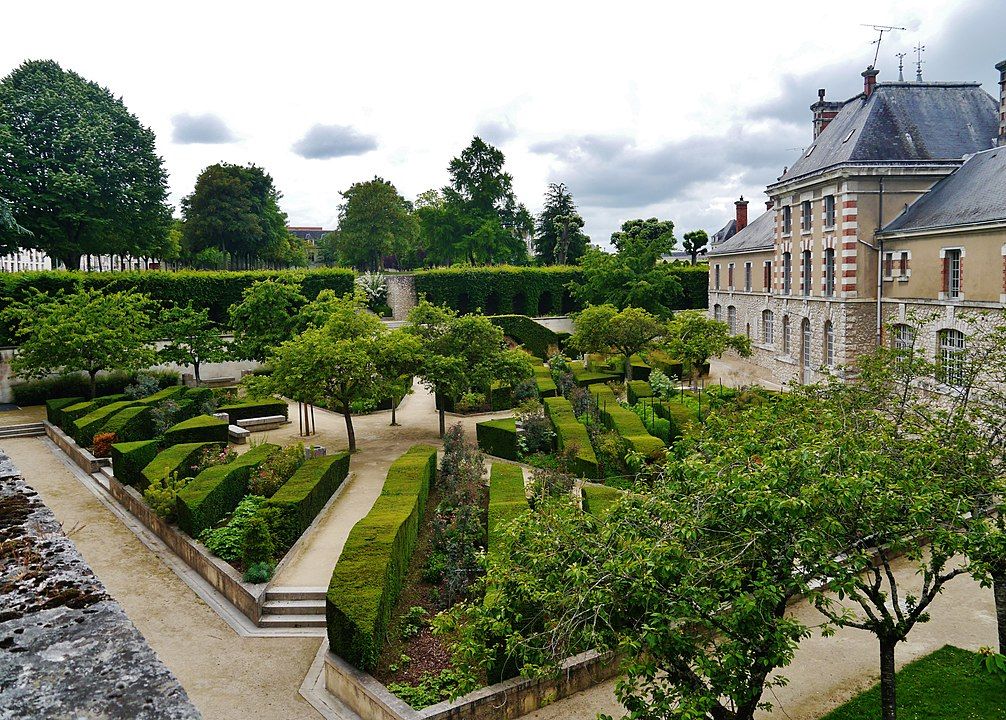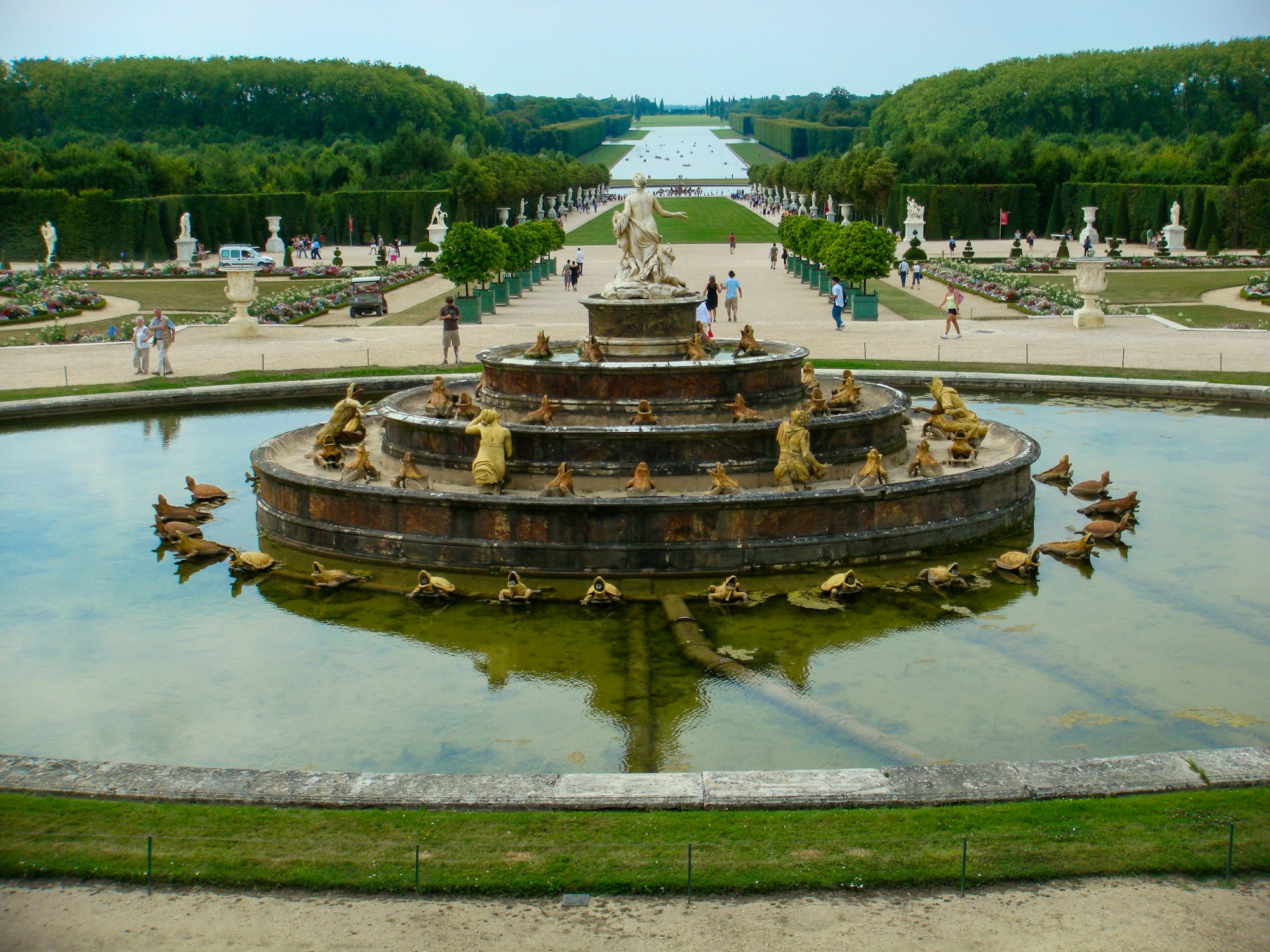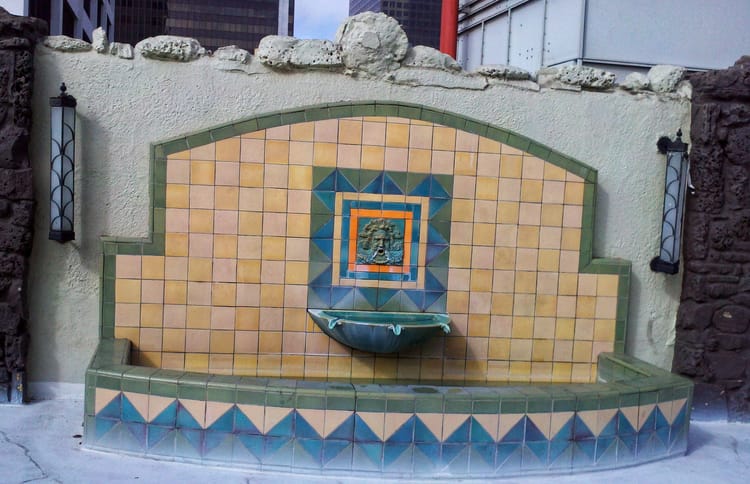French Renaissance Gardens

About 100 years after the Italian renaissance Garden became popular, the Renaissance garden design style starts to appear in France in the 16th Century. This movement was started when King Francis who had visited Italy and met with Leonardo DaVinci applied the renaissance style to Chateau de Blois in the Loire Valley.

A big difference between stately homes in France and Italy during this period is that the French palaces were mostly built on flat river valleys, unlike the hillside villas more common in Italy. This key difference led to the greater use of axial symmetry in French renaissance gardens, where the gardens were designed to be viewed from an elevated terrace looking down over the garden. A difference in attitudes towards nature is also noted, the French at the time were considered by historians to be hostile towards nature and rather than embrace and incorporate the surrounding natural features as seen in Italy, French renaissance gardens sought to demonstrate man's dominance over nature. Entire forests were felled to create the much larger French renaissance gardens, with a tendency for the gardens to seek a connection with the sky on the horizon rather than the surrounding landscape. The long waterways in the gardens at Versailles exemplify this, with the long reflecting pools that seem to have infinite length when viewed from a select vantage point (typically the bedroom of a King or Queen). The famous reflecting pool at the National Mall in Washington D.C., USA is a modern evolution of this landscape feature although the French Renaissance Garden Designers generally preferred to reflect the sky, not a monument.

The most common and defining feature for French renaissance gardens is the "Parterre", a section of a garden organised into symmetrically patterned flower beds, bordered with tidily trimmed hedges or stone. These would include gravel paths separating each individual bed allowing for closer enjoyment of the plantings although the grand patterns were better viewed from above, making the view from the building and terrace more important to the success of the design.

These parterres would be more elaborately patterned closer to the house, and less detailed in the distance. Another important defining element of French renaissance gardens were the use of waterways in the form of rectangular ponds or straight canals that emphasized the symmetry of the garden's design. Although water was a common feature in Italian renaissance gardens, the French style would typically feature still bodies of water that created reflecting pools, rather than the kinetic nature of waterfalls and downhill streams seen in Italy. Parterres and waterways continued to dominate this new French garden style and became important features of the French Formal Garden style as exemplified in the grounds of the Palace of Versailles.

Similar to the Italian renaissance gardens, statuary and grottoes were also key features in French renaissance gardens. Another similarity is that the gardens were designed as extensions of the chateaux that they surrounded. The main difference between Italian and French renaissance gardens is the emphasis on perspective and space and a greater control over nature.
In addition to the aforementioned Chateau de Blois, the gardens at Château de Fontainebleau, Château d'Ambois, and Château de Chenonceau are all considered to be prime examples of the Renaissance Garden style.
The French Renaissance Garden style evolved over time to become the French Formal Garden Style (jardin à la française - lit. "Garden in a French Manner"). When people talk about the "French Garden" style, they are generally referring to the French Formal Garden. This style put greater emphasis on symmetry and imposing order over nature. The epitome of the French Formal Garden Style are the Gardens at the Palace of Versailles, as designed by André Le Nôtre in the late 17th century.





